Introduction
Dumplings, a staple in Chinese cuisine, encapsulate a myriad of flavors and textures within their delicate dough wrappers. Among the myriad of dumpling fillings, the three-delicacy (or “San Xian”) filling stands out for its harmonious blend of seafood, pork, and vegetables. This classic combination not only satisfies the palate with its rich, savory notes but also offers a nutritious balance, making it a favorite among both home cooks and food enthusiasts.
In this article, we will delve into the homemade recipe for preparing a delightful three-delicacy dumpling filling. From selecting the freshest ingredients to mastering the art of flavor blending, we’ll cover every step in detail, ensuring that you can recreate this timeless dish in your own kitchen. Whether you’re hosting a family gathering, preparing a hearty meal for friends, or simply indulging in a culinary adventure, this recipe promises to deliver an unforgettable dining experience.
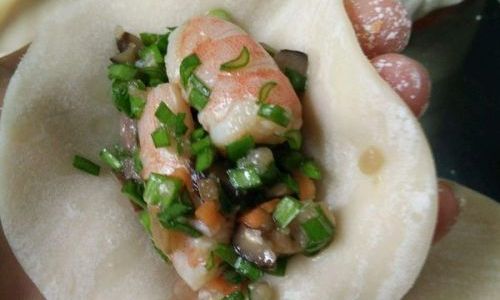
Section 1: Ingredient Selection and Preparation
The success of any dumpling filling lies in the quality of its ingredients. For the three-delicacy filling, we focus on three key components: seafood, pork, and vegetables. Each ingredient plays a crucial role in creating the dish’s distinctive flavor profile.
1 Seafood: Shrimp and Scallops
-
Shrimp: Choose fresh or frozen shrimp, preferably medium-sized, as they offer a perfect balance of sweetness and firmness. If using frozen shrimp, thaw them completely before use and ensure they are peeled, deveined, and chopped into small, bite-sized pieces.
-
Scallops: Opt for dry-packed scallops, which have a sweeter flavor and firmer texture than wet-packed ones. Slice them thinly to ensure they cook evenly within the dumpling.
2 Pork: Ground Pork
- Select lean ground pork with a fat content of around 15-20%. This ratio ensures the filling remains moist and flavorful without being overly greasy.
3 Vegetables: Bamboo Shoots, Water Chestnuts, and Green Onions
-
Bamboo Shoots: These add a crisp texture and subtle sweetness to the filling. Use canned bamboo shoots, rinsed and chopped into small dice.
-
Water Chestnuts: Similar to bamboo shoots, water chestnuts contribute a refreshing crunch. Peel and chop them finely.
-
Green Onions: For a burst of freshness and a hint of onion flavor, finely chop a handful of green onions, including both the white and green parts.
4 Seasonings and Aromatics
-
Ginger: Fresh ginger, finely grated, helps to balance the flavors and add a subtle warmth.
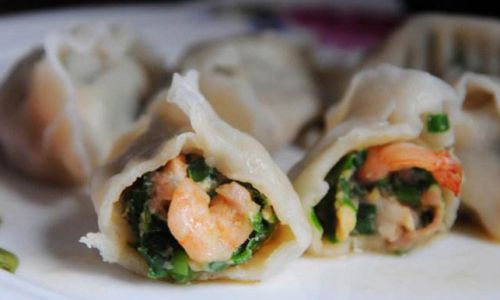
-
Garlic: Minced garlic enhances the savory notes.
-
Soy Sauce: Use a high-quality soy sauce for depth of flavor.
-
Sesame Oil: A drizzle of sesame oil adds a nutty aroma and richness.
-
White Pepper: A pinch of white pepper provides a subtle heat.
-
Cornstarch: A small amount of cornstarch helps to thicken the filling slightly, ensuring it holds together well during cooking.
-
Sugar: A touch of sugar balances the savory and sweet flavors.
-
Chicken Broth or Water: A little liquid helps to moisten the filling and ensure it’s not too dry.
Section 2: Preparing the Filling
Now that we have our ingredients ready, let’s dive into the preparation process.
1 Preparing the Seafood and Pork
-
Shrimp and Scallops: In a large mixing bowl, combine the chopped shrimp and sliced scallops. Add a pinch of salt and white pepper, and gently toss to combine. Set aside.
-
Ground Pork: In a separate bowl, place the ground pork. Add a tablespoon of soy sauce, a teaspoon of grated ginger, half a teaspoon of minced garlic, a drizzle of sesame oil, and a pinch of white pepper. Mix well until the pork is evenly seasoned.
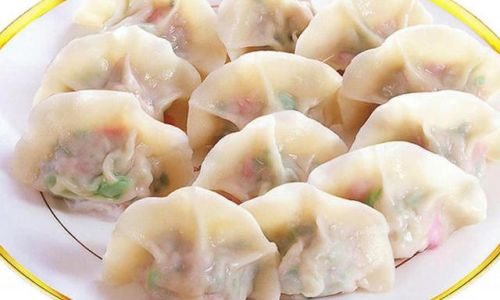
2 Preparing the Vegetables
-
Bamboo Shoots and Water Chestnuts: In a third bowl, combine the chopped bamboo shoots and water chestnuts. Add a pinch of salt and toss gently.
-
Green Onions: In a small bowl, keep the finely chopped green onions separate. They will be added later to preserve their fresh color and flavor.
3 Combining the Ingredients
-
Mixing the Pork and Seafood: Add the seasoned ground pork to the shrimp and scallop mixture. Use your hands or a spatula to gently combine, being careful not to overwork the mixture as this can make the shrimp and scallops tough.
-
Adding the Vegetables: Fold in the bamboo shoots and water chestnuts. Again, handle gently to maintain the texture of the vegetables.
-
Seasoning the Filling: Sprinkle a tablespoon of cornstarch over the mixture. Add another tablespoon of soy sauce, a teaspoon of sugar, and a tablespoon of chicken broth or water. Mix well until all the ingredients are evenly distributed and the filling holds together without being too wet.
-
Final Touch: Finally, fold in the chopped green onions. Their fresh, aromatic flavor will be a delightful surprise in each bite.
Section 3: Forming the Dumplings
With the filling prepared, it’s time to wrap it in dumpling dough and shape them into perfect little parcels of flavor.
1 Preparing the Dough
While homemade dough offers the best texture, you can also use store-bought dumpling wrappers for convenience. If making your own dough:
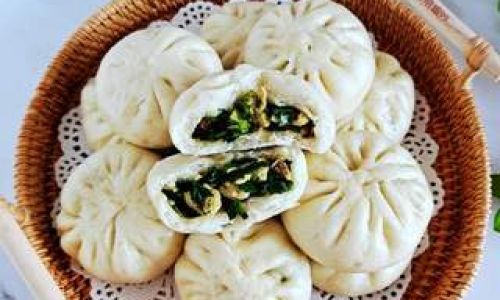
- Combine 2 cups of all-purpose flour with a pinch of salt in a large bowl.
- Gradually add about 3/4 cup of warm water, mixing with a fork or chopsticks until the dough starts to come together.
- Transfer the dough to a lightly floured surface and knead for about 8-10 minutes until smooth and elastic.
- Cover the dough with a damp cloth and let it rest for at least 30 minutes.
2 Shaping the Dumplings
- Divide the rested dough into small portions and roll each into a log. Cut the logs into small pieces, each about 1 inch in diameter.
- Flatten each piece with your palm and use a rolling pin to roll out into a thin circle, about 3 inches in diameter.
- Place a spoonful of filling in the center of each wrapper.
- Fold the wrapper in half, pinching the edges together to seal tightly. You can create pleats for a more decorative finish if desired.
- Place the formed dumplings on a lightly floured surface or a parchment-lined tray to prevent sticking.
Section 4: Cooking the Dumplings
There are several methods to cook dumplings, each yielding a slightly different texture and flavor. Here, we’ll discuss two popular methods: boiling and pan-frying.
1 Boiling the Dumplings
- Fill a large pot with water and bring it to a rolling boil.
- Add a tablespoon of salt to the water (this helps the dumplings hold their shape).
- Carefully drop the dumplings into the boiling water, being careful not to overcrowd the pot.
- Stir gently to prevent them from sticking to the bottom.
- Cook for about 3-4 minutes, or until the dumplings float to the surface and the dough is cooked through.
- Use a slotted spoon to remove the dumplings and drain them on a plate lined with paper towels.
2 Pan-Frying the Dumplings
- Heat a non-stick skillet over medium heat and add a tablespoon of oil.
- Arrange the dumplings in a single layer in the skillet, seam side up.
- Cook for about 2 minutes until the bottoms are lightly golden.
- Carefully pour in 1/4 cup of water (or chicken broth for added flavor) into the skillet, cover, and steam for about 5 minutes until the dumplings are cooked through and the water has evaporated.
- Remove the lid, increase the heat to high, and cook for another minute until the bottoms are crispy and golden brown.
- Transfer the dumplings to a plate lined with paper towels to drain any excess oil.
Section 5: Serving the Dumplings
The final touch to any dumpling dish is the dipping sauce. Here’s a simple yet delicious recipe:
1 Dipping Sauce
- In a small bowl, combine 2 tablespoons of soy sauce, 1 teaspoon of rice vinegar, a drizzle of sesame oil, and a pinch of white pepper.
- Add a teaspoon of finely grated ginger and a half teaspoon of minced garlic for an extra layer of flavor.
- Stir well and serve alongside the hot dumplings.
Conclusion
The art of making three-delicacy dumplings lies in the harmonious blend of flavors and textures. By carefully
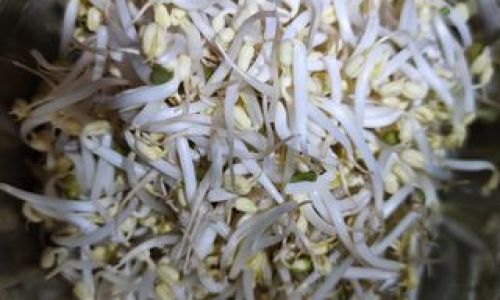




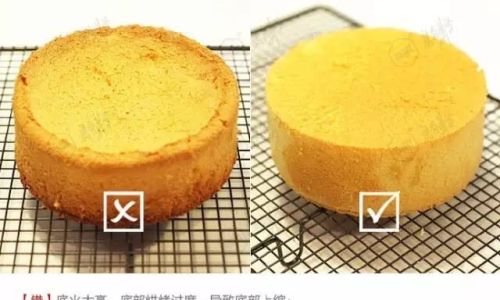
0 comments